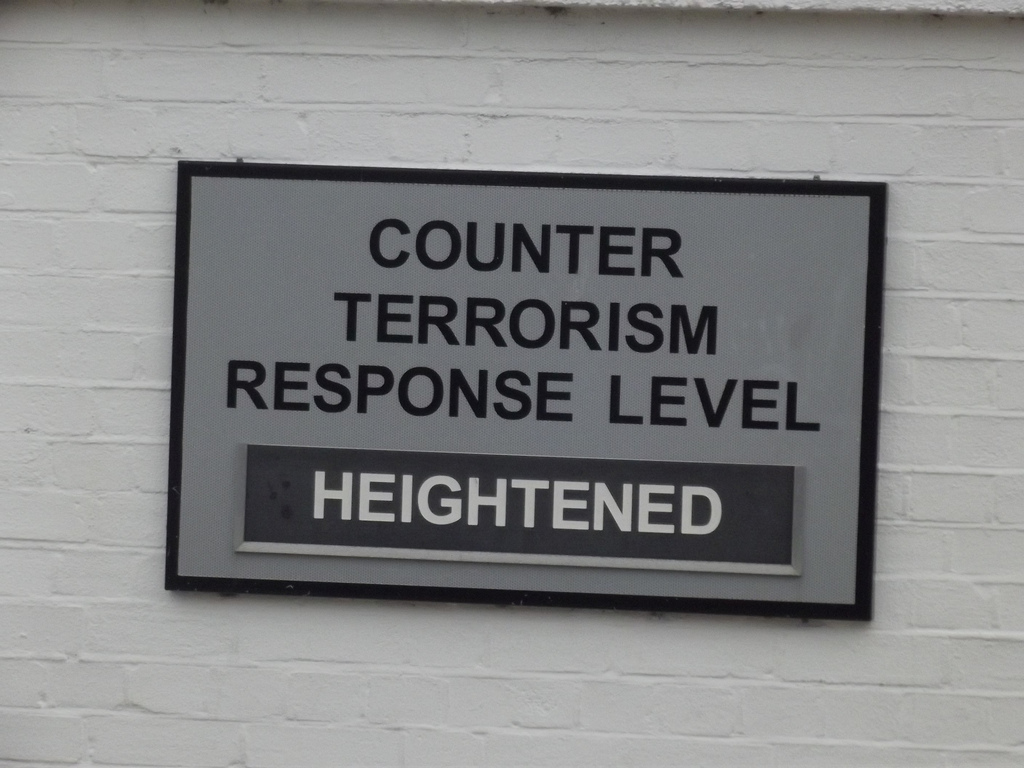Any American who has watched the news over the past few years has likely heard many of the criticisms of the George W. Bush administration. TV pundits have shouted at us about the atrocities of the Patriot Act. Michael Moore has made several movies criticizing the administration. Scores of books have been written and sold, all in an effort to cash in on the bashing of President Bush. Few, however, focus on the facts and minute legal details that provide the harshest critique of the administration. Under the Color of Law is a detailed analysis of how the Bush administration violated and ignored U.S. Constitutional and international laws in the War on Terror and consolidation of executive power.

In his book, Professor Martin Henn provides a detailed academic review of what the Bush administration did to increase executive power and bypass numerous laws and treaties. Henn puts the administration’s actions in historical context, which provides a basis for the arguments that follow. Each chapter of the book answers a question addressing the legal issues Henn argues the administration ignored. Henn explains the methods the administration uses in order to justify its use of unprecedented and unrestrained powers, and then provides an argument for why such powers are a subversion of US and international laws.
Henn’s argument is driven by details and facts, setting aside rhetoric and political talking points. He bases most of his criticism of the administration on a strictly legal basis. However, he does make several criticisms based on historical precedence which may leave the reader less than satisfied. Henn’s use of historical precedence provides good support for the argument of what the president should or should not do, but does not address what the president legally can or cannot do. Henn also occasionally interprets some legal issues on his own, making his argument seem driven by values as opposed to legal issues. An example is Henn’s argument for whether the Taliban-ruled Afghanistan qualifies as a failed state. Henn shows the hypocrisy of the Bush administration regarding this policy, but never seems to fully support the argument that the Taliban-ruled Afghanistan did qualify as a state.
In some instances Henn credits Bush with greater authority than he actually possessed. The consolidation of power was, while unprecedented, approved by Congress, as was the funding for the War on Terror. Bush could choose where and when to strike, but Congress kept footing the bill. Henn’s extensive research and use of context often seem to be limited by single details. One such detail is the interpretation of what a national emergency is. It is in these cases where Henn’s argument, which is mostly based on law and fact, is weakened by single ambiguous statements, open to subjective interpretation, that can sallow or deny the president greater power.
Henn provides a trove of documents that paint a clear picture of how the administration manipulated laws and public documents in order to maintain the appearance of adherence to law. It seems that countless times officials within the executive branch overstated the President’s authority, for example, suggesting that the President could interpret the scope of a treaty. Henn presents that treaties should be treated as the law of the land, thus in the hands of the judiciary to interpret. These facts, while obvious perhaps to constitutional scholars and lawyers, are likely unknown by the greater public. It is here that the importance of Under the Color of Law rests.
Separate from the subjective interpretations and selective use of historical precedence lies an extremely well founded and well documented argument for the true subversion by the second Bush administration of U.S. and international laws. It is for this reason that Under the Color of Law is important and its insights should be presented to every American citizen. I must say that I was disappointed by one thing that I felt was missing: What does Henn think should be done as a result of the facts he presented? Who should be charged with which crimes? On the other hand, it might be improper for the prosecutor to act as the jury, and doing so could make Henn’s impartial legal stances seem tainted and biased.
Under the Color of Law is an academic book through and through. Many paragraphs contain just two or three extremely long sentences. It can be difficult for a political or legal novice to keep up with the pace at which Professor Henn progresses; it certainly was for me. Such is the case, though, when dealing with facts. Facts can be incriminating, eye-opening, and important but they are just not as engaging as opinion and argument. For those who get wrapped up watching Glenn Beck or Rachel Maddow, this book is not for you. But if you are one who unwinds by watching three straight hours of C-SPAN, then Under the Color of Law is for you.


